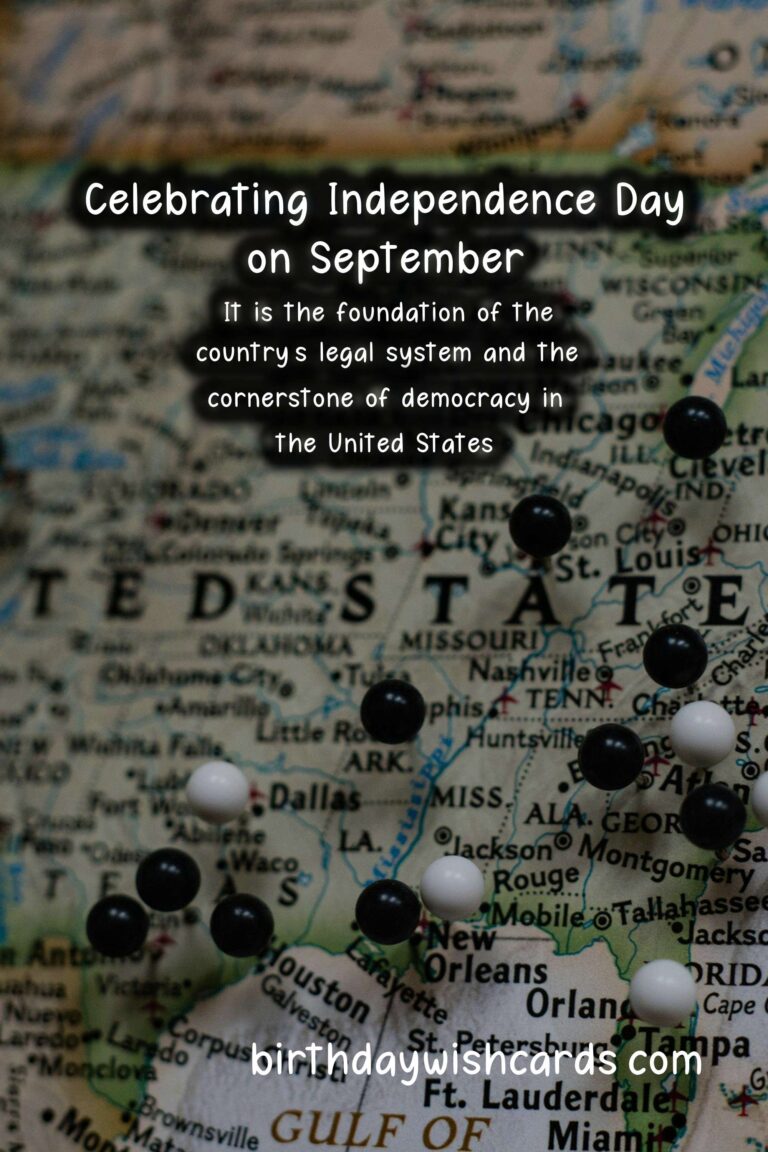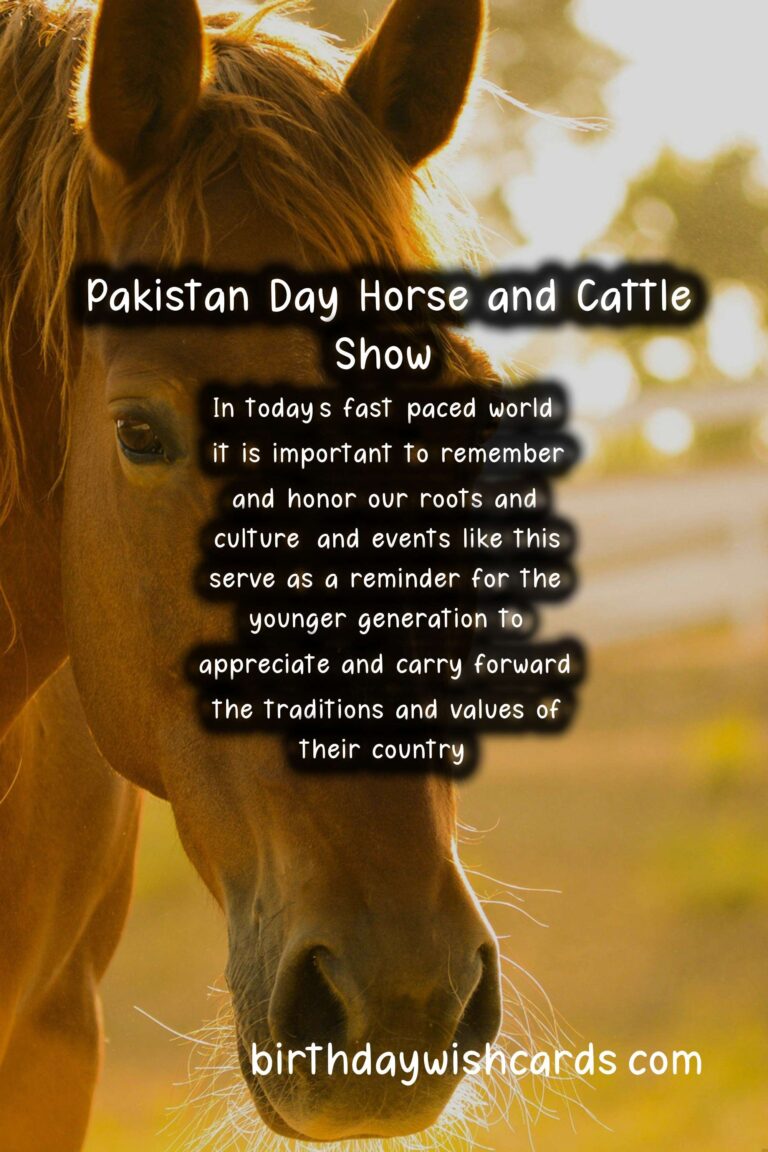Famous Festivals Similar to Chinese New Year
Famous Festivals Similar to Chinese New Year
The Chinese New Year, also known as the Lunar New Year, is one of the most celebrated festivals in the world. It marks the beginning of the lunar calendar and is a time for families to come together, celebrate, and honor their ancestors. While the Chinese New Year is unique in its traditions and customs, several other festivals around the globe share similarities in their cultural significance and festive activities. In this article, we will explore famous festivals that are similar to the Chinese New Year, highlighting their unique features and traditions.
1. Tet Festival (Vietnamese New Year)
Tet Nguyen Dan, or simply Tet, is the Vietnamese New Year and is the most important celebration in Vietnam. Similar to the Chinese New Year, Tet marks the arrival of spring and is celebrated on the same lunar calendar date. Families honor their ancestors by preparing special dishes and offering them at altars. The festival lasts for several days, and during this time, it is customary to clean and decorate homes with peach blossoms and kumquat trees. Tet is also a time for family reunions, with activities such as traditional games, lion dances, and fireworks.
2. Seollal (Korean New Year)
Seollal is the Korean New Year celebration that lasts for three days, beginning on the eve of the New Year. Like the Chinese New Year, Seollal is based on the lunar calendar and represents a time for family gatherings and honoring ancestors. Traditional rituals include performing Charye (a ceremonial ritual to honor ancestors), wearing Hanbok (traditional Korean clothing), and eating Tteokguk (rice cake soup), which symbolizes the gaining of a year in age. The festive atmosphere is enhanced by games like Yutnori and the giving of money in traditional envelopes called Sebaetdon.
3. Diwali (Festival of Lights)
Although it originates from Hindu traditions and is celebrated differently compared to the Chinese New Year, Diwali shares similarities in terms of family bonding and the celebration of light overcoming darkness. Diwali celebrates the return of Lord Rama to Ayodhya after defeating the demon king Ravana, symbolizing the victory of good over evil. Families decorate their homes with oil lamps, create elaborate rangoli designs, and prepare sweets and snacks. Fireworks are an integral part of the celebration, echoing the joyful festivities seen during the Chinese New Year.
4. Nowruz (Persian New Year)
Nowruz, meaning “new day,” is the Persian New Year celebrated by millions around the world. It signifies the arrival of spring and the first day of the year in the Persian calendar. Similar to the Chinese New Year, Nowruz emphasizes renewal, family gatherings, and various rituals. The celebration includes the Haft-Seen table, which consists of seven symbolic items beginning with the letter ‘S.’ Families engage in house cleaning, visit relatives, and participate in outdoor festivities. The focus on family and new beginnings bears resemblance to the sentiments felt during the Chinese New Year.
5. Chuseok (Korean Harvest Festival)
Chuseok, sometimes referred to as Korean Thanksgiving, is a major harvest festival enjoyed in South Korea. While it occurs at a different time of year than the Chinese New Year, Chuseok embodies similar themes of gratitude and family togetherness. Families honor their ancestors by visiting their graves and holding ceremonial meals called Charye. Traditional foods, including Songpyeon (rice cakes), are prepared. Chuseok also features folk games and dances, reflecting a vibrant cultural heritage.
6. Obon (Japanese Festival of the Dead)
Obon is a Buddhist festival celebrated in Japan to honor the spirits of ancestors. Typically held in August, Obon includes dances, lanterns, and family gatherings, paralleling the familial aspect seen during the Chinese New Year. People believe that the spirits of their ancestors return during Obon, prompting families to light lanterns to guide them home. The festival features the Bon Odori, a traditional dance that adds to the joyous atmosphere. The focus on remembering loved ones ties Obon closely to the values upheld during the Chinese New Year.
7. Carnaval (Brazilian Festival)
The Brazilian Carnaval is one of the biggest and most colorful festivals in the world, celebrating with parades, music, and dance. Although it does not align with a lunar calendar, Carnaval shares the spirit of exuberance and merriment often associated with the Chinese New Year. This festive period showcases vibrant costumes, samba music, and street parties, drawing millions of participants. While the cultural underpinnings differ, the lively celebrations culminate in a sense of joy and community similar to what one experiences during the Chinese New Year festivities.
8. Eid al-Fitr (Islamic Festival of Breaking the Fast)
Eid al-Fitr marks the end of Ramadan, the holy month of fasting. This festival is characterized by family gatherings, communal prayers, and festive meals, similarities that echo the traditions of the Chinese New Year. Eid al-Fitr’s significance lies in gratitude, charity, and togetherness, reflecting on the past month. Families dress in their finest clothes and exchange gifts, mirroring the practices seen during the lunar New Year celebrations. Sharing meals with loved ones and participating in prayer are central features of both Eid al-Fitr and Chinese New Year.
Conclusion
While each festival has its unique cultural roots and traditions, they all share the common themes of family, renewal, and celebration. Festivals such as Tet, Seollal, Diwali, and Nowruz connect people to their heritage while fostering community spirit. This reflection on the importance of family and traditions provides insight into the rich tapestry of global celebrations, making these festivals similar to the Chinese New Year more than just dates in a calendar—they represent the heart of their respective cultures.
The Chinese New Year, also known as the Lunar New Year, is one of the most celebrated festivals in the world.
Tet Nguyen Dan, or simply Tet, is the Vietnamese New Year and is the most important celebration in Vietnam.










#ChineseNewYear #Festivals #LunarNewYear #CulturalCelebrations #FamilyTraditions






